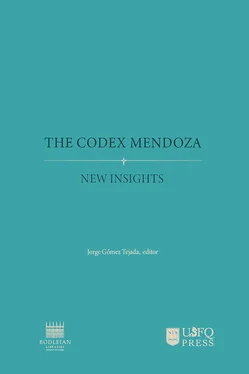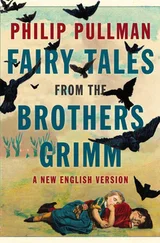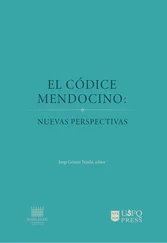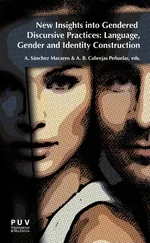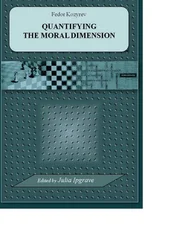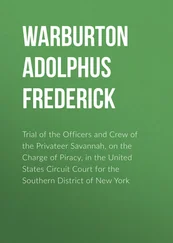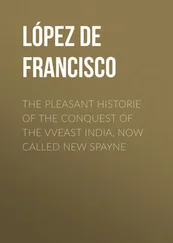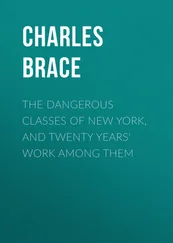Tovar de Teresa, Guillermo, Miguel León-Portilla, and Silvio Arturo Zavala. 1992. La Utopia Mexicana del siglo XVI: Lo bello, lo verdadero y lo bueno. Grupo Azabache.
Zavala, Silvio. 1938. “Las Encomiendas de Nueva España y El Gobierno de Don Antonio de Mendoza.” Revista de Historia de América, no. 1: 59–75.
1In this volume, Davide Domenici and the MOLAB team suggest a date range between 1530 and 1560 based on pigment analysis and other material evidence; the team strongly emphasizes the period around 1550 due to the presence of the orpiment pigment, which appears in Mexican manuscripts around that time. Similarly, based on a reading of the political context of New Spain during the 1540s, Barbara Mundy suggests that the Codex Mendoza was created around 1547 as part of the Huanitzin family’s strategy to secure power as the legitimate descendants of Moteuhczoma. My analysis of the Codex Mendoza’s narrative priorities suggests that the manuscript was inserted into the context of the defense of the indigenous peoples of the Americas promoted by Bartolomé de Las Casas between 1547 and 1552.
2In her chapter of this volume, Claudia Brittenham proposes that we should not think of the objects of interest of the second section of the Codex Mendoza as elements of tribute, but rather as units of tax. Furthermore, Brittenham suggests that this section may have gone beyond informational purposes by highlighting the value of the manuscript itself as an object of symbolic subjection.
3See the chapters of Mary Miller, Gómez Tejada and Brittenham in this volume.
4These three manuscripts are part of the study on pigments that MOLAB carried out in European libraries which began 2012 and continues during the present time. The results of this study have been presented in Jansen, Lladó-Buisan, and Snijders (2018).
5“La colección de Mendoza. This is the name of the collection of 63 paintings ordered by the first viceroy of Mexico, D. Antonio de Mendoza, to which he also ordered to make their respective explanations in Mexican and Spanish language, and thus send them to Emperor Carlos V” (Clavijero 1964, 51).
6The period between 1829 and 1835 saw the enactment of several bills in the British Parliament that emancipated the Catholic (1829), African (1834) and Jewish (1835) peoples of the Empire.
7After having gained its independence from the Spanish Empire in 1821, Mexico became the empire of Agustín de Iturbide. In 1823, the execution of the emperor gave way to the first presidency led by Guadalupe Victoria. The 1830s saw the multiple appearances of General Santa Ana, under whose possession Mexico lost Texas following a shameful defeat. During the 1840s and 1850s, Mexico maintained hostile interactions with the United States. In this period, Mexico lost New Mexico and Arizona also under the failed leadership of General Santa Ana. In 1862, the empire of Maximilian I of Habsburg was established in Mexico; it lasted just five short years. The brief restoration of democracy under Juárez gave way to the coup d’état led by Porfirio Díaz in 1876, which plunged Mexico into a dictatorship that lasted the next thirty years. After a final attempt to establish his power, the elections called by Díaz in 1910 started the Mexican Revolution, resulting in the octogenarian dictator’s exile and, after several civil wars and coups during the 1920s and 1930s, Mexico saw the rise of an authoritarian state.
8“Paso y Troncoso marched to Spain in 1892 to represent Mexico in the celebration of its fourth centenary and was commissioned, as director of the museum, to review the archives and libraries of Europe, all the codices, manuscripts and rare prints relating to Mexico that exist there and to undertake their palaeographic deciphering and methodical publication. The 34 packages left by Paso y Troncoso weigh eight thousand seven hundred and eighty two kilograms and were all made available to the Mexican government. ... the legacy of the illustrious missing [object] is extremely valuable, both for its intellectual and material value, as it is worth many thousands of pesos for what it has taken to print some of them and for the large sums that Mr. Troncoso received in so many years” (Paso y Troncoso 1988, fols. 150–151).
9“In regards to the report that you say they sent you from Venice and which I had originally sent to His Majesty of some things of this land, and that among them I said that the Mexicans came from Perú, it is true that I have written some things that I seemed to notice; but not this one, because I am of the contrary opinion and I think that they came from the north … I have tried to collect a report of the things of this land and be very particular about it and I have found a diversity of opinions because since there were many lords in every province, they all tell things in their own manner. I am collecting and verifying them and once I have done so I will send them to you; because it seems to me that it would be a very shameful thing if I sent you a relation of which you deemed me to be the author and it were not but completely truthful. The things of this land are not so little that you will not be able to make a book from them, and the book will not be small either, because even though Moctezuma and Mexico have become famous among us, Caçonçi of Mechuacan was no less of a lord, just as were others who did not recognize either one or the other” (Fernández de Oviedo [1532] 1959, 4:117–18).
10For Robertson ([1959] 1994, 82–106), the first stage of the school comprehends the period between 1519 and 1541 and deals with manuscripts that maintain elements associated by contemporary scholarship with pre-Conquest traditions, such as the screen-fold format. The second stage comprehends the period between 1541 and 1601 and, as mentioned in the text contains manuscripts made by indigenous artists but which reveal traits associated with the process of acculturation to Spanish traditions and techniques.
11Nicholson and other scholars have noted that this reference to gold may state the price at which Hakluyt acquired the Codex Mendoza. However, since the middle of 1587 on, the tensions and aggressions between Spain and England that resulted in the attempt to invade England in 1588 constantly increased. Given the position of the English cleric as a close observer of the actions of Sir Edward Stafford, who was believed to be selling information to the Spanish, one cannot dismiss that said inscription could have been meant as a code or related to a need for imperious communication with England.
12Richard Hakluyt (1850, sec. Introduction) returned to England in 1588 escorting Lady Stafford, the wife of the English ambassador to France, this is to say four years before Thevet died.
13In André Thevet’s North America, Schlessinger and Stabler (1986) have discussed at length the problems that André Thevet’s liberal use of material and the unreliability of his testimonies pose to modern scholarship. Indeed, as the aforementioned authors state, Thevet’s reputation for sloppy scholarship is not a modern phenomenon. Both Jean de Lery and François de Belleforest attacked Thevet’s work on the basis of its unreliability. Even Richard Hakluyt (1986, xxiii), who visited Thevet in Paris in 1586-87 and from whom he received the Codex Mendoza qualified Thevet’s Cosmographie as “wearie volumes bearing the titles of universall Cosmographie which some men that I could name have published as their owne, beyng in deed most untruly and unprofitablie ramassed and hurled together”.
14Lestringant (1991, 20–21) has noted the relevance of the Cosmographie de Levant for Thevet’s career, as it was through the dedicatee of this work, Francois III de la Rochefoucault, that the geographer was admitted to the French court in 1559.
15That same year, Hakluyt presented Queen Elizabeth with his treatise, A Discourse on Western Planting ([1584] 1877), a secret document to be read only by the queen, Walsingham, and a couple other high-ranking court officers (Scammell 2016). In this work, Hakluyt “outlined a new approach to colonial expansion, unlike that of the Spanish. Instead of concentrating on the conquest of indigenous peoples and the commandeering and feudal administration of their wealth and land, as in the Spanish approach, Hakluyt proposed exporting the discontented and underemployed of England to new and relatively empty lands, with their abundance of raw materials. The colonists would harvest these resources, which would feed the growing manufacturing capability of England” (Helfers 1997, 160–86).
Читать дальше
